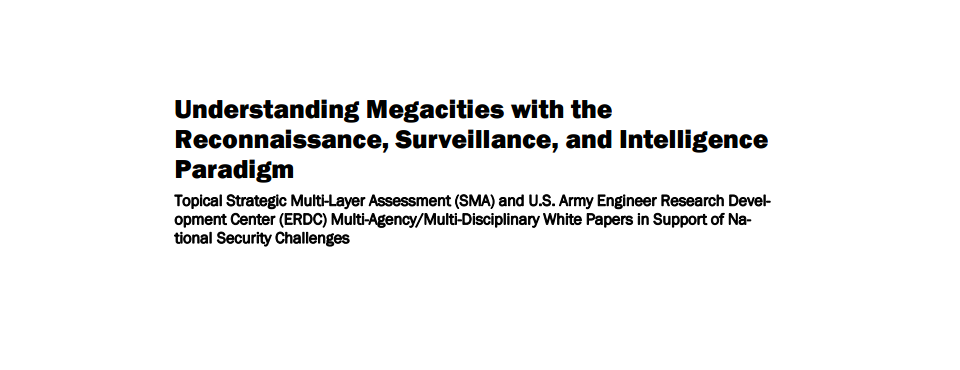
Megacities will play an outsized role in global politics and national stability over the coming decades with some estimates suggesting nearly three quarters of the world’s inhabitants will be living in such urban environments by 2050. From water access to sanitation, flooding to healthcare, communications to transportation, megacities present a host of unique challenges, including the vast slum areas that surround or reside within them. These urban slums are characterized by a constant influx and outflow of migrant workers, high un‐ or under‐employment, and complete lack of authoritative infrastructure. Developing world megacities often have high levels of tension between residents, the government, and urban elite as gentrification and development constantly erode or demolish housing and resources for the poor. Cit‐ ies like Dhaka, Bangladesh or Lagos, Nigeria, have not historically been focal points of Western diplomacy and the lack of knowledge of their informational environ‐ ments and cultural narratives poses unique challenges to analysis. While even ur‐ ban slum areas are characterized by high cell phone penetration, the average non‐ elite citizen is not necessarily walking through the streets blogging, tweeting, or facebooking their daily lives. The massive and rapid influx of diverse cultures, the itinerant nature of large portions of the population, and lack of historic Western ex‐ pertise in these regions complicate the construction of the cultural narratives and source catalogs at the core of OSINT analysis. In this state of constant flux and in‐ formation scarcity, how does one effectively measure, monitor, and understand megacities?